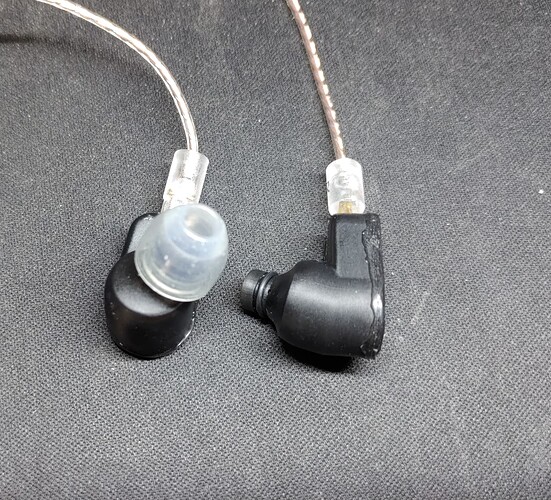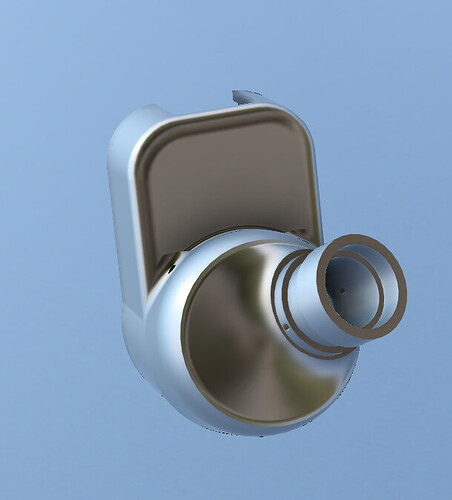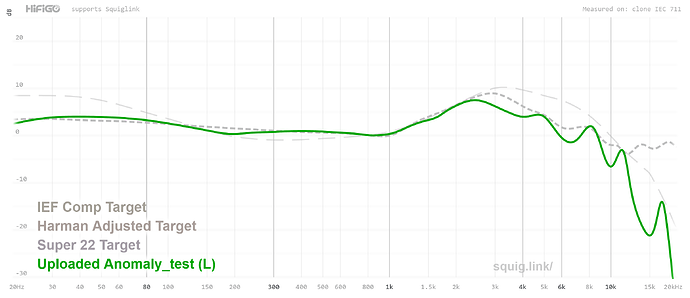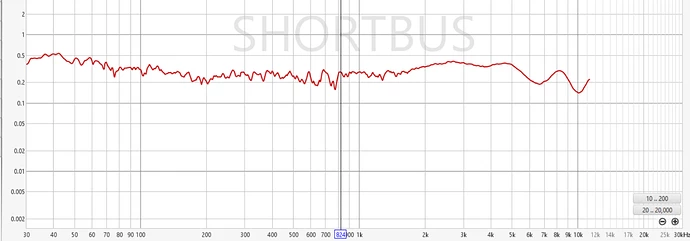Hello, I’m Mike from Shortbus Audio (reviews) on youtube and now started a company with the same name focused on making my own IEMs. I’ve made a few DIY ‘mods’ to IEMs such as Letshuoers S12 and S12 Pro, and other various one-offs. Some people enjoy them, and i’m sure some don’t but it’s time to step up to the next level.
I’ve been into audio forever and have a small mixing studio and play guitar and other instruments. I also have a bunch of pro-audio gear, studio monitors, tons of amps and DACs, and am used to studio type of sound.
A few years back I started the review channel on youtube and have tried and rated quite a few IEMs and its pretty fun.. until I kind of burned out on reviewing because I want to at least try and make them myself. I figured why not try things that other companies don’t do, whether its just ideas from pro-audio, theater systems, or general audio theory. Why not see what sounds good and works when miniaturized to the size of an IEM?
After spending a ton of money on 3D printer, learning 3D CAD, spending ungodly amounts of time, and buying lots of various things needed to make IEMs, I spent the last year making an IEM called (the) Anomaly. It’s just one DD driver, but packs heat in terms of tech which is why im making this post. Not so much to hype/sell a lot of them (I can’t make a lot or scale up), but to discuss the techs I packed into this IEM.
So here we go:
Final prototype
3D model
Graphs:
Stock tuning
Bass Boost comparison (slide tip backwards)
Distortion measurement
Ok with that out of the way, techs:
- ABS resin shell, black, tough and feather light at about 4 grams per IEM
- 5 or 7 Hemholtz resonators (depending how you count them)
- MiM Dark Magician Driver (yes really), 10mm DLC?! DD driver
- Ported transmission line subwoofer, back air volume precisely calibrated
- 24mm folded transmission line which is larger than the IEM entirely
- Extremely low acoustic impedance
I’m pretty proud of the graphs and sound, and I do not use electronics to shape the sound, this is driver direct to the ear. I do not think anyone else has been able to do this kind of graph shape with 1 DD.. probably. The sound is pretty over the top in terms of wideness and 3D, indeed it sounds like putting a DSP type effect on the sound or more like a Dolby Theater than an IEM entirely. Of course I’m a studio guy so im biased to that kind of full-mids near field sound which other folks may not enjoy as much. Regardless, its been a heck of a journey and now its time to make some IEMs.





